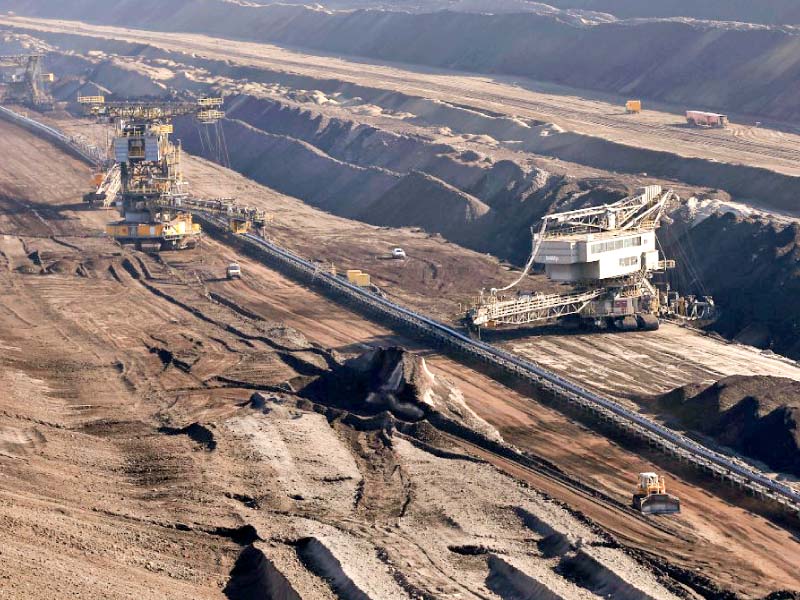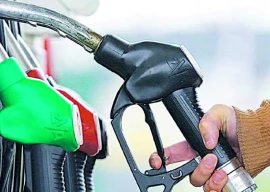
“The idea is to develop the Thar coalfield as a petrochemical hub for achieving strategic goals for the region,” said Sindh Energy Secretary Agha Wasif Abbas while talking to the media.
According to experts, Thar coalfield, which is now part of the Pakistan-China Economic Corridor, could be a game changer for the country and prove vital in tackling the energy crisis.
With 175 billion tons of coal reserves divided into 14 blocks, commercial drilling of the resource is expected to start in 2018 by Sindh-Engro Coal Mining Company and Sino-Sindh Resources Limited from block-II and block-I respectively, followed by power generation from coal-fired plants later that year.
Though the coalfield is estimated to have the capacity to provide fuel for generating around 100,000 megawatts of electricity for the next 300 years, but ground realities dictate that only a few thousand megawatts can be generated for only a handful of years before thinking what to do next.
“There is a limit to electricity generation, depending on the demand for it, but there should be a plan to use the coal which is not required by that demand,” said Abbas. “Diversified proposals are required, suggesting usefulness beyond power generation.”
There are a few viable options. Gas production is one, while export of coal can help the country establish a footing in the international market.
Abbas added that exporting coal to India is a good option but it highly depends on the geo-political situation and trade liberalisation.
Sindh is enjoying full support of Islamabad in developing the Thar coalfield and the region is exempt from taxes.
According to Abbas, the project’s magnitude is beyond the capabilities of a single entity. The establishment of the Thar Coal Energy Board was part of the strategy to collectively develop the specific region.
“The capital is excited about development of this project due to its importance and both the provincial and central governments are working together for its timely completion,” said Abbas.
The government of Sindh, from its development budget, has already spent around $350 million in recent years to develop the basic infrastructure in Thar for road networks, clean drinking water and the construction of an airport.
While Islamabad and Sindh are enjoying coordination in Thar coalfield, nearly all political parties have consensus over its potential.
Commenting on delays, Abbas said the coalfield was an entirely new project for Sindh and Islamabad, as drilling of coal on such a large scale had never taken place in the country.
“For instance, determining a coal tariff is something new,” he said. “Supporting infrastructure, capital expenditures per watt from coal and financing negotiations are completely new for the local stakeholders.”
“We have some foreign expertise but it is important for us to assess the circumstances for local drilling. The project is heading in the right direction and it will take time to understand how to maximise its potential.”
Published in The Express Tribune, March 24th, 2015.
Like Business on Facebook, follow @TribuneBiz on Twitter to stay informed and join in the conversation.



1723032398-0/BeFunky-collage-(36)1723032398-0-165x106.webp)













COMMENTS (5)
Comments are moderated and generally will be posted if they are on-topic and not abusive.
For more information, please see our Comments FAQ